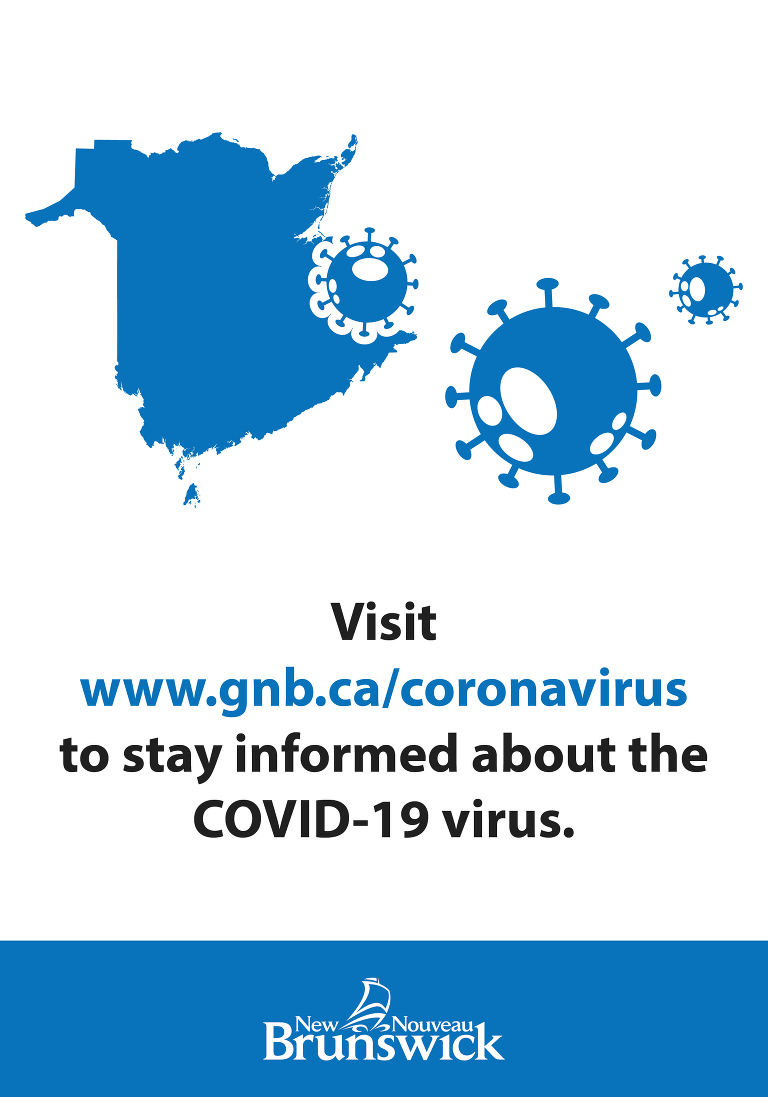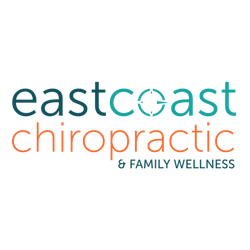.png)
Sherry was a teenager when she started getting migraines. About once a month she would start to feel a stiffness in her neck. She would immediately leave school or work to go home because she knew what was coming. It came on pretty quickly – a throbbing pain on one side of her head, usually the right, as well as pretty bad nausea to the point of vomiting on occasion. She’d crawl into bed, turn off the lights, and leave a sign on her door that read, “Please be quiet and leave me alone, migraine in progress.” Five to ten hours later Sherry would surface from her room feeling pretty drained and a little dizzy. This went on for many years until she decided that she couldn’t live like this anymore – her headaches were affecting her work and home life too significantly. She set out to find something she could do to help herself. She no longer wanted migraines to be her “normal”.
Does this sound like you or someone you know?
Here is some valuable information on migraines that may help you or someone you know who is suffering, live a higher quality of life:
How Do You Know If You Get Migraines?
A migraine can cause severe throbbing pain or a pulsing sensation, usually on just one side of the head (but can be both). It’s often accompanied by nausea, vomiting, and extreme sensitivity to light and sound.
Migraine attacks can cause significant pain for hours to days and can be so severe that the pain is disabling. (Think of Sherry in her bed with the sign up.)
Warning symptoms known as an “aura” may occur before or with the headache. These can include flashes of light, blind spots, or tingling on one side of the face or in the arm or leg.
Migraines often begin in childhood, adolescence or early adulthood. About 8% of Canadians over the age of 12 experience migraines (we are seeing way too many young girls coming in with this problem!). Did you know that WOMEN are 3x more likely than MEN to experience migraines and this difference is most pronounced between the ages of 25-39?? **hmmm maybe this has something to do with having kids haha**
Some of the associated symptoms you may experience with the different stages of migraines include:
•Constipation
•Mood changes, from depression to euphoria
•Food cravings
•Neck stiffness
•Visual phenomena, such as seeing various shapes, bright spots or flashes of light
•Vision loss
•Pins and needles sensations in an arm or leg
•Weakness or numbness in the face or one side of the body
•Difficulty speaking
•Weakness
•Hearing noises or music
•Uncontrollable jerking or other movements
•Pain on one side or both sides of your head
•Pain that feels throbbing or pulsing
•Sensitivity to light, sounds, and sometimes smells and touch
•Nausea and vomiting
•Blurred vision
•Lightheadedness, sometimes followed by fainting
•Confusion
•Moodiness
•Dizziness
What Can Cause Migraines?
Migraines may be caused by changes in the brainstem and its interactions with the trigeminal nerve, a major nerve pathway that connects the brain with the face and head. Imbalances in brain chemicals can also result in migraine pain. If there are problems in the structure and function of the spinal column (specifically between the skull and vertebrae of the neck) this can be contributing to the severity of migraines as well.
Fortunately for Sherry, after some lifestyle modifications and the introduction of chiropractic care to correct the problems in her spine and nervous system, she no longer experiences migraines. She will sometimes feel a mild pain coming on, but knows what to do to curb the attacks from developing full force.
After a few months with us, we were super excited to see the boxes Sherry checked off on her second Progress Exam form saying “less headaches” and “less pain.” A few check marks on a sheet of paper don’t tell the whole story, though. Sherry burst into tears. She told me how much happier she is, how she is taking more positive actions to improve her health, has higher self esteem, better relationships with her husband and two young kids, is enjoying work more, taking less time off, and is no longer depressed or taking pain medication regularly.
Success stories like these are not uncommon…
Here are 2 Things You Can Do
The more you know, the better off you’ll be…
1. Be Aware Of Triggers
• Hormonal changes in women. Fluctuations in estrogen. Women with a history of migraines often report headaches immediately before or during their periods. Others have an increased tendency during pregnancy or menopause.
Hormonal medications, such as oral contraceptives and hormone replacement therapy, may worsen migraines.
• Foods. Aged cheeses, salty foods and processed foods. Skipping meals or fasting.
• Food additives. The sweetener aspartame and the preservative monosodium glutamate (MSG), found in many foods like deli meats.
• Drinks. Alcohol, especially wine, and highly caffeinated beverages.
• Stress. Stress at work or home can cause migraines.
• Sensory stimuli. Bright lights and sun glare can induce migraines, as can loud sounds. Strong smells — including perfume, paint thinner, secondhand smoke and others — can trigger migraines in some people.
• Changes in wake-sleep pattern. Missing sleep or getting too much sleep.
• Physical factors. Intense physical exertion.
• Changes in the environment. A change of weather or barometric pressure.
• Medications. Oral contraceptives and vasodilators, such as nitroglycerin.
2. Have your spine and nervous system assessed for underlying problems.
Problems in the spine and nervous system can affect you in ways you know about (i.e. neck pain or lower back pain) but also in ways you may have no idea about. Remember that the brainstem and nerve pathways leaving the neck are big pain pathways of the head and face.
In a research study, 22 percent of people who had chiropractic care saw the number of migraine attacks drop 90 percent. In that same study, 49 percent said they had a significant reduction in pain intensity!
Pain changes everything… chiropractic changes pain.
I hope you found this information helpful.
Disclaimer: This is not a substitute for medical advice. It is general information that may or may not apply to your condition or circumstances. Please see your Chiropractor for assessment of your lower back and/or pelvic pain.
East Coast Chiropractic | 520 Brookside Dr. Unit D-1, Fredericton, NB | 506.454.2004
We share awesome things on Facebook and Instagram!
I’m Dr. Marie and I love helping moms and moms-to-be who think differently. My passion for chiropractic, exercise, food, and motherhood are what drive me to wake up everyday, to live life to the fullest, and to help others do the same. I grew up in suburban Toronto but always envisioned ending up somewhere quite different. My visions of the perfect place to live became a reality here in Fredericton. Before moving here I did my undergraduate degree at Western University in London, Ontario and then earned by Doctor of Chiropractic degree in Toronto. While studying for my dream job I also found my dream husband. Along with our newest addition, Zoey, we help families reach more of their health potential.
I’m Dr. Graham and I love being a dad. My daughter Zoey is my inspiration to be as healthy as I can be and to help as many families as I can do the same. I grew up in Fredericton, did my undergraduate education at UNB and then moved to Toronto to complete my 4-year Doctorate in Chiropractic at the Canadian Memorial Chiropractic College. It was there that I met my wife Marie. I managed to convince Marie to move back east with me to start our practice and our family. We opened East Coast Chiropractic with a big vision and have been helping lots of families live happier, healthier lives ever since.
Like us on Facebook if you want to join our community of health conscious families.
.png)
.png)



















